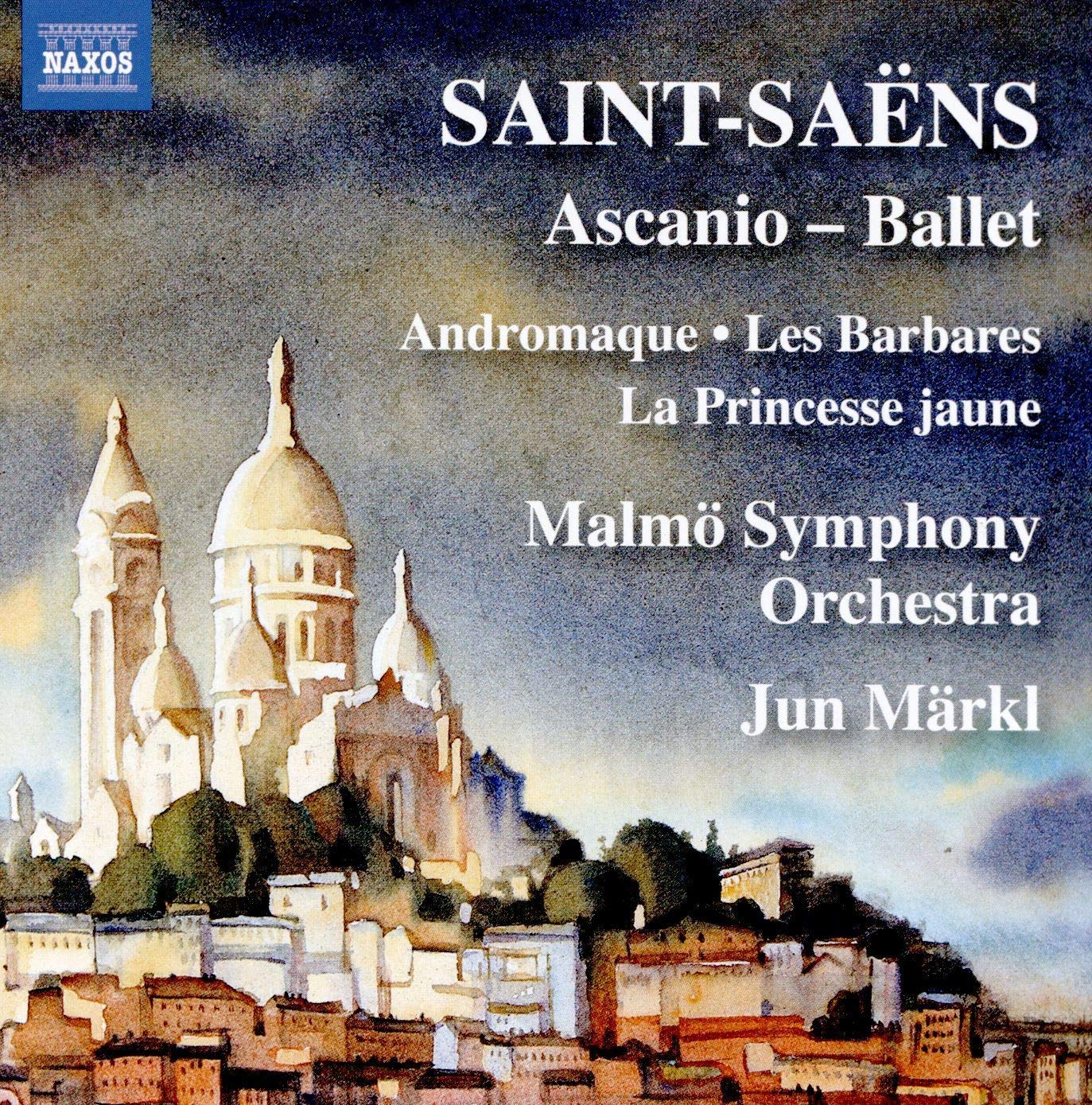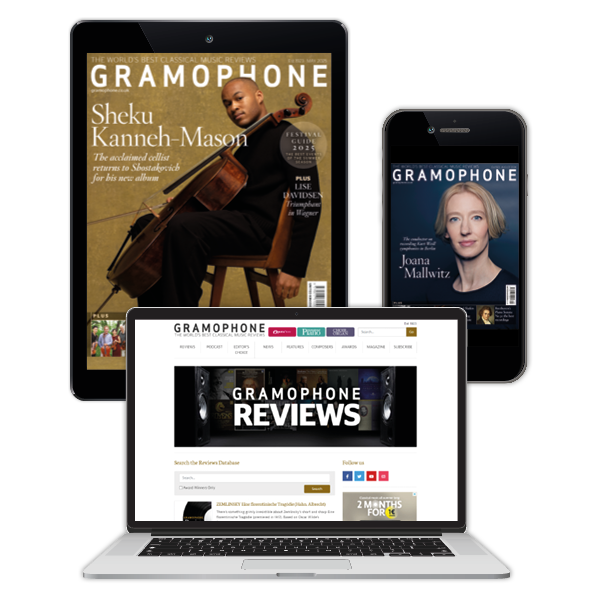SAINT-SAËNS Ascanio (Märkl)
View record and artist detailsRecord and Artist Details
Genre:
Orchestral
Label: Naxos
Magazine Review Date: 03/2020
Media Format: CD or Download
Media Runtime: 73
Mastering:
DDD
Catalogue Number: 8 574033

Tracks:
| Composition | Artist Credit |
|---|---|
| Ascanio |
Camille Saint-Saëns, Composer
Jun Märkl, Conductor Malmö Symphony Orchestra |
| (Les) Barbares, Movement: Prologue |
Camille Saint-Saëns, Composer
Jun Märkl, Conductor Malmö Symphony Orchestra |
| Jota aragonese, Movement: Overture |
Camille Saint-Saëns, Composer
Jun Märkl, Conductor Malmö Symphony Orchestra |
| Andromaque, Movement: Act IV: Prelude |
Camille Saint-Saëns, Composer
Jun Märkl, Conductor Malmö Symphony Orchestra |
| Andromaque, Movement: Overture |
Camille Saint-Saëns, Composer
Jun Märkl, Conductor Malmö Symphony Orchestra |
| (La) princesse jaune, Movement: Overture |
Camille Saint-Saëns, Composer
Jun Märkl, Conductor Malmö Symphony Orchestra |
| Ouverture d'un Opéra-Comique Inachevé |
Camille Saint-Saëns, Composer
Jun Märkl, Conductor Malmö Symphony Orchestra |
Author: Tim Ashley
The main work in Jun Märkl and the Malmö Symphony’s survey of Saint-Saëns rarities is the Act 3 ballet from the opera Ascanio, and excellent though it is, you can’t help but feel that the disc has to some extent already been pipped to the post by Guillaume Tourniaire’s recording of the complete score, made live in Geneva in 2017 and released by B Records a year later (12/18).
First performed in Paris in 1890, the opera loosely dramatises Benvenuto Cellini’s 1540 sojourn at the court of François I of France, where he earned the enmity of the king’s mistress the Duchesse d’Étampes. The ballet forms a grand mythological divertissement in the third act, where it is staged by the King to impress the Habsburg Emperor Charles V, who is vying with him to be Cellini’s patron. It’s a remarkably effective extract in its own right, and was seemingly admired as such in Saint-Saëns’s lifetime. Reynaldo Hahn enthusiastically described it as ‘a supreme triumph of taste and elegance – the entire Renaissance in a few pages’, which is somewhat wide of the mark as Rameau is very much the dominant influence in the Baroque pastiches that sit alongside passages reminiscent of Gounod or Delibes.
You can’t fault Märkl’s performance, either, which is grander in mood, slower in tempo and slightly weightier in sound than Tourniaire’s Geneva forces in the complete work. There’s some exemplary playing, above all from the woodwind in the tricky oboe solo in the ‘Tambourin’ that marks Bacchus’s first appearance and the near concertante flute-writing that accompanies the scenes between Cupid and Psyche. Saint-Saëns provided alternative versions of the latter, which add considerably to the difficulty of the flute part, and which Märkl includes as an appendix: the excellent flautist should perhaps have been credited individually.
Its companion pieces are a sequence of shorter works that include the imposing if episodic orchestral Prologue to the 1901 opera Les barbares, and two substantial extracts from the incidental music Saint-Saëns provided for Sarah Bernhardt’s 1902 production of Racine’s Andromaque, sombre studies in chromaticism that suggest the conflicted, vacillating psychology of the play’s characters. Ouverture d’un opéra-comique inachevé is an early (1854) work of great charm, unperformed until 1913, when Saint-Saëns allowed Beecham to give the premiere. The Malmö Symphony, meanwhile, sound as if they’re having fun with the japonaiserie of the Overture to La princesse jaune and play La jota aragonese with great panache and spirit. It’s all hugely enjoyable and well worth hearing, even if you already have Ascanio complete.
Discover the world's largest classical music catalogue with Presto Music.

Gramophone Digital Club
- Digital Edition
- Digital Archive
- Reviews Database
- Full website access
From £8.75 / month
Subscribe
Gramophone Full Club
- Print Edition
- Digital Edition
- Digital Archive
- Reviews Database
- Full website access
From £11.00 / month
Subscribe
If you are a library, university or other organisation that would be interested in an institutional subscription to Gramophone please click here for further information.




